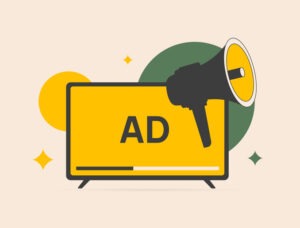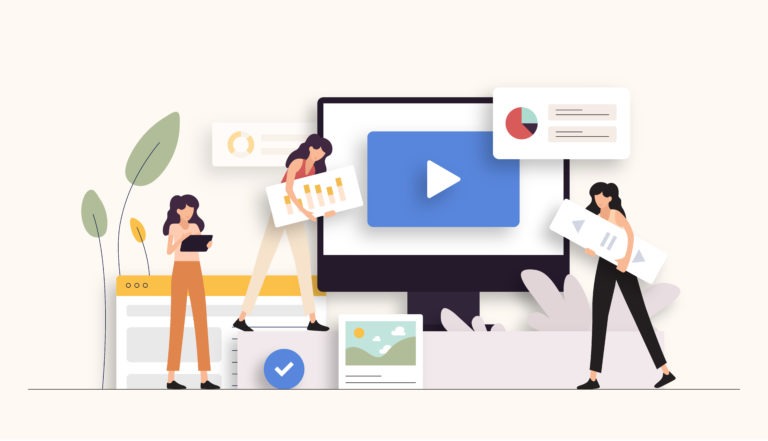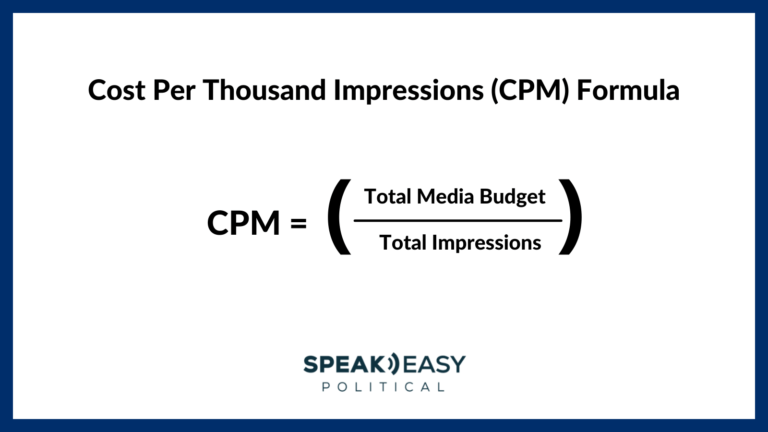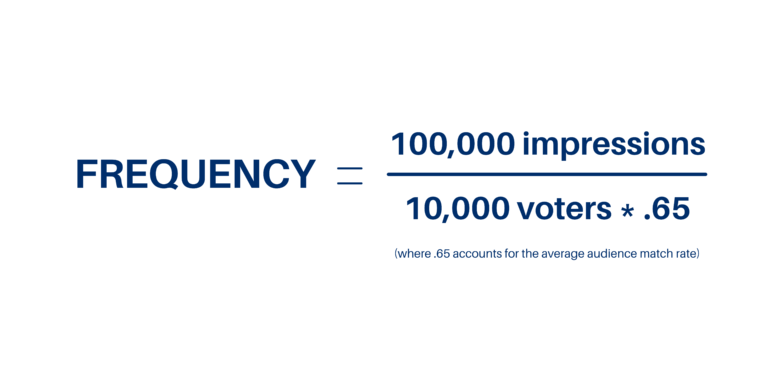This will tell you the number of times each person will see your ad.
What does this mean for your campaign?
Depending on your ad run and your strategy, this target will shift. In general you want your frequency to be high enough to be memorable to a voter, but low enough so that they are not inundated with the same ad. Too high a frequency can be irritating. For example, if you calculate a frequency of 20 and your ad run is 2 weeks, that would be a reasonable frequency, but a frequency of 20 in one week is higher than we would recommend, as it would likely get irritating to voters.
Again, all of this is a delicate balance and surely an art over a science. We hope this explanation helps you better understand how to manage and optimize your ad runs to set you up for success.
That’s all for today, folks! For more digital jargon terms, take a look at our other Digital Jargon, Explained blogs. And as always, if you have terms you’d like for us to break down, feel free to send them over to [email protected]. We’re here to help!






